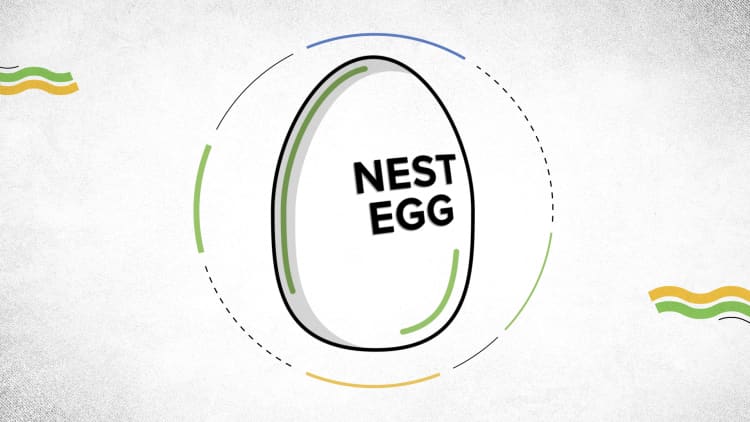It's now easier for older savers to continue socking money away for retirement.
Just be aware that unintended consequences may follow — and they could cost you.
That's due to the Secure Act, legislation that was signed into law late last year and took effect in 2020.
The measure overhauled key elements of retirement planning, including pushing out the age for required minimum distributions from individual retirement accounts and 401(k) plans to 72 from 70½. It also largely eliminated the "stretch IRA," a strategy savers used to pass large retirement accounts on to children and grandchildren.
More from Smart Tax Planning:
These households can expect a tax increase under Biden
Got a subsidy to buy health insurance? It could bite you at tax time
Closing a business? Avoid these tax surprises
A provision in the law also encourages older workers to keep on saving for retirement and capture a tax benefit for doing so. That is, the Secure Act now permits individuals over age 70½ to make tax-deductible contributions to an IRA.
Be aware that just because the IRS says you can start putting additional money into these accounts, it doesn't mean it makes sense for you.
For starters, custodians that keep IRAs aren't required to accept contributions from savers over 70½, according to new guidance from the IRS. Those that do must amend their IRA contracts.

Further, contributing to an IRA at this age can have unexpected planning implications, including shaking up your charitable giving strategy.
"If it were my client, I'd say don't do it," said Ed Slott, CPA and founder of Ed Slott & Co. in Rockville Centre, New York.
Here's why you should proceed with caution.
Charitably inclined
Whether you like it or not, you'll eventually have to pull money each year from your retirement accounts and pay taxes on those withdrawals. These are known as required minimum distributions.
Individuals who don't need the money and who want to avoid a tax hit have been using a strategy known as the qualified charitable distribution to meet these annual RMDs.
You can start making these distributions at 70½ — even though the Secure Act has pushed the RMD start age to 72.
The saver directs the custodian holding the account to transfer an RMD of up to $100,000 to their favorite charity. It's a win-win: The saver pays no tax on the distribution, and the money goes to a charitable cause.
The Secure Act complicates this strategy for individuals who want to continue saving in their IRA after 70½ but who also wish to make those charitable distributions from their accounts.

That's because these older savers who save in an IRA and receive a tax deduction for doing so could accidentally find themselves paying taxes on those charitable distributions, according to recent guidance from the IRS.
Here's how that might look, based on an example from the taxman's new guidance:
John plans on making deductible IRA contributions of $5,000 in both 2020 and 2021, but not 2022. He also decides not to make any qualified charitable distributions in 2020, but expects to make charitable distributions of $6,000 in 2021 and $6,500 in 2022.
In John's case, the charitable distributions in 2021 and 2022 won't be wholly tax-free. He has to reduce the charitable distribution based on the amount of deductible contributions he made after age 70½.
As a result, he'll owe taxes on the entire $6,000 in charitable distributions for 2021, and only $2,500 of the 2022 charitable distribution will be considered tax-free.
Roth IRAs instead
If you want to save in your 70s, it might be better to avoid those tax-deductible IRA contributions altogether, said Slott.
Instead, skip the complexity and contribute after-tax dollars to a Roth IRA — an account in which money grows tax-free, can be withdrawn in retirement free of taxes and which isn't subject to RMDs in the owner's lifetime.
"It's better to contribute to a Roth IRA," said Slott. "Now that you can contribute to an IRA, the option is open to you."
High-income savers who make too much to contribute directly to a Roth IRA — they have modified adjusted gross income of at least $139,000 and they're single (or $206,000 and married) — can benefit from a backdoor Roth conversion.
In this case, they make non-deductible IRA contributions and then convert those sums to a Roth IRA, said Slott.
Individuals who are dead set on making those tax-deductible IRA contributions and want to continue giving to charity through charitable distributions can also coordinate with their spouse.
There are no "joint" IRAs, so one spouse could make a deductible IRA contribution to his or her own account, while the other makes a charitable distribution, said Slott.
"It's one of the most ridiculous provisions I've ever seen," said Slott. "But I would say anyone who wants to do a qualified charitable distribution and make a deductible contribution to an IRA — just don't do it."





